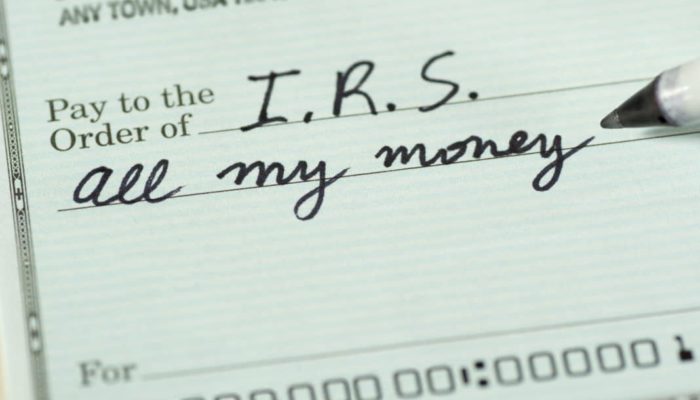Many millions of individuals and businesses have to pay taxes. It’s about as inevitable as well…death and taxes. But how these taxes are paid will depend on several factors. For most taxpayers, taxes will be paid on a regular basis throughout the year, whether it’s from an automatic deduction from a paycheck or by making quarterly payments. But what happens when the taxpayer owes taxes that go beyond these regular payments, such as when there are back taxes owed? There are two common arrangements to choose from.
IRS Tax Payment Plan
A tax payment plan allows a taxpayer to make monthly payments to pay off a tax debt over a period of up to six years. To be eligible for a payment plan, the taxpayer must:
- Be current on all tax returns.
- For an individual, the amount of tax owed must be $50,000 or less. For a business, the tax debt must be $25,000 or less.
- The taxpayer must be asking for more than 120 days to pay off the entire tax debt.
For an individual to apply for a payment plan, the taxpayer must provide:
- Name
- Date of birth
- Social security number
- Email address
- Mailing address
- Filing status
- Filing fee that ranges from around $30 to $225.
Offer in Compromise
An offer in compromise, or OIC, is one of the most talked-about forms of paying off a tax debt because it allows the taxpayer to settle a tax debt for far less than what they actually owe. Sounds like a great deal, but there are a few things to be aware of. For one thing, it’s not very easy to qualify for an OIC. In order to qualify, the taxpayer must:
- Be current will all past tax returns and estimated tax payments.
- Have received at least one tax debt bill.
- Pay an application fee
- Complete Form 656 along with either Form 434-A or Form 434-B.
If a taxpayer is eligible for an OIC, they can choose between two versions. One version is the Lump Sum Cash Payment option, where the taxpayer will pay off the tax debt in five or fewer monthly payments.
The next option is the Periodic Payment plan. Here, the taxpayer agrees to pay off the tax debt amount using six or more payments within two years.
One thing taxpayers need to keep in mind is that the IRS doesn’t have to accept a request for an OIC. In fact, the IRS usually accepts less than half of the OIC requests it receives. How does the IRS decide whether or not to accept an OIC request? By looking at three primary factors.
First, the taxpayer’s financial situation is so bad, that the IRS has no real chance to collect the entire tax debt. Second, there are legal questions as to the validity of the tax debt. Finally, the IRS could collect the entire tax debt, but doing so would create an unfair hardship on the taxpayer.
Have a Tax Debt?
If you find yourself struggling to pay off a tax debt, consider seeking outside assistance. Options include using an IRS resource or consulting with a tax professional, such as a CPA or tax attorney.

